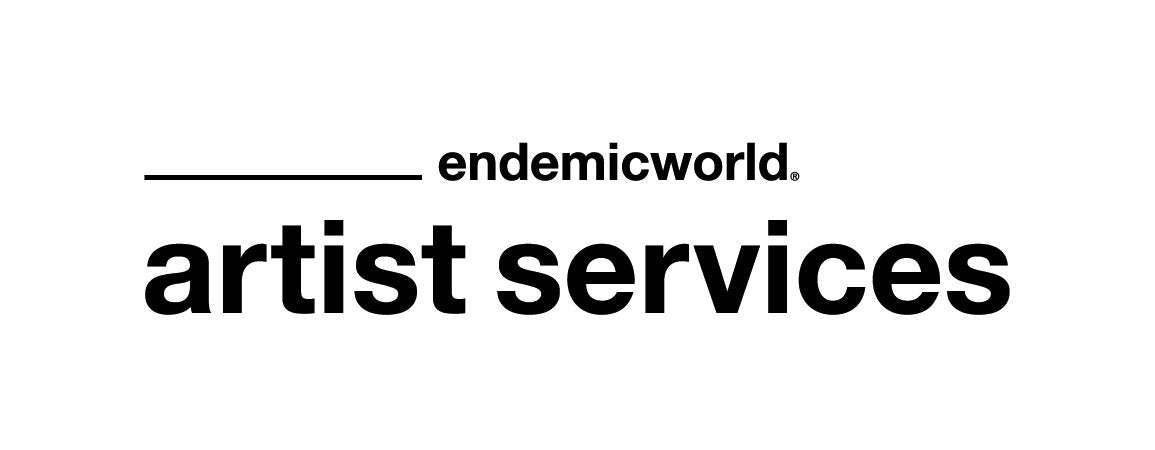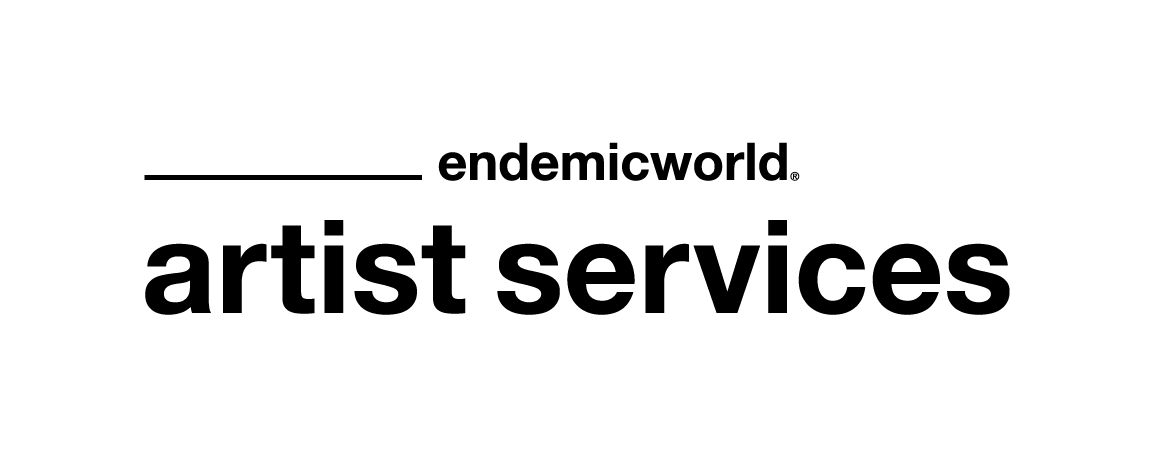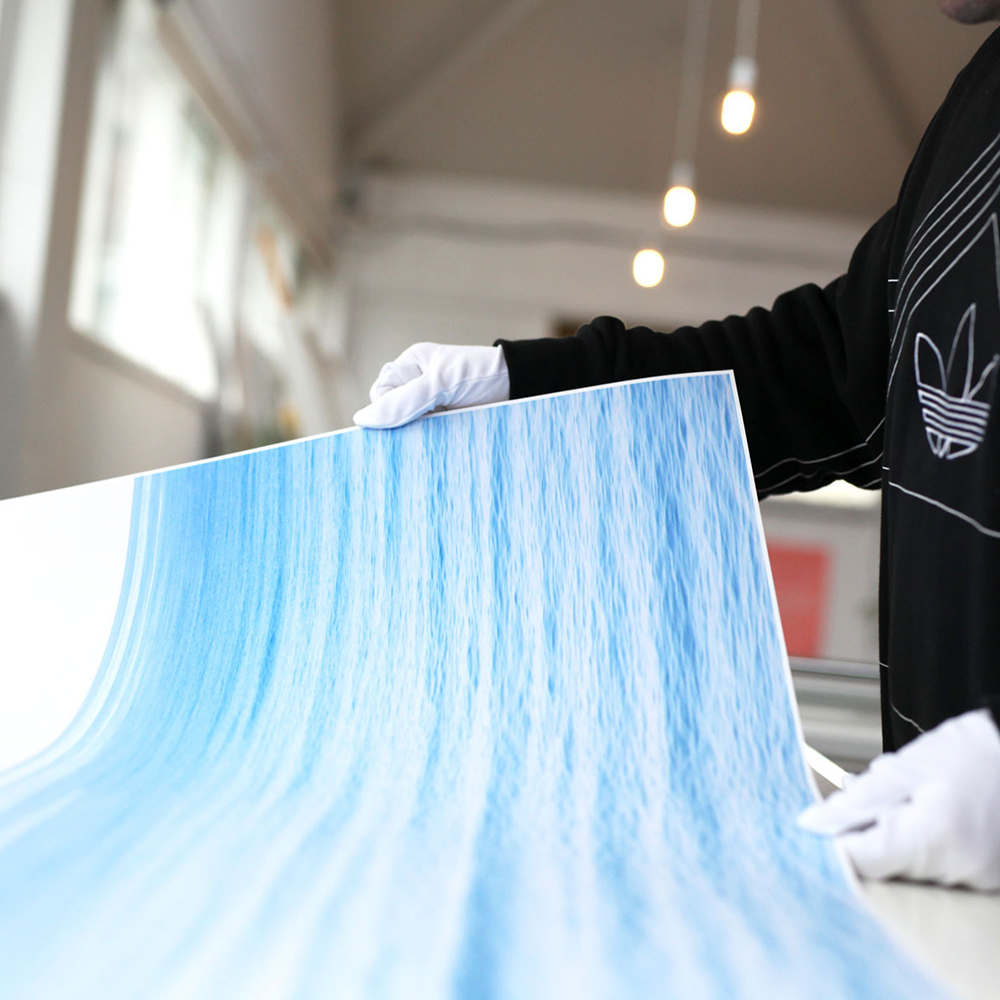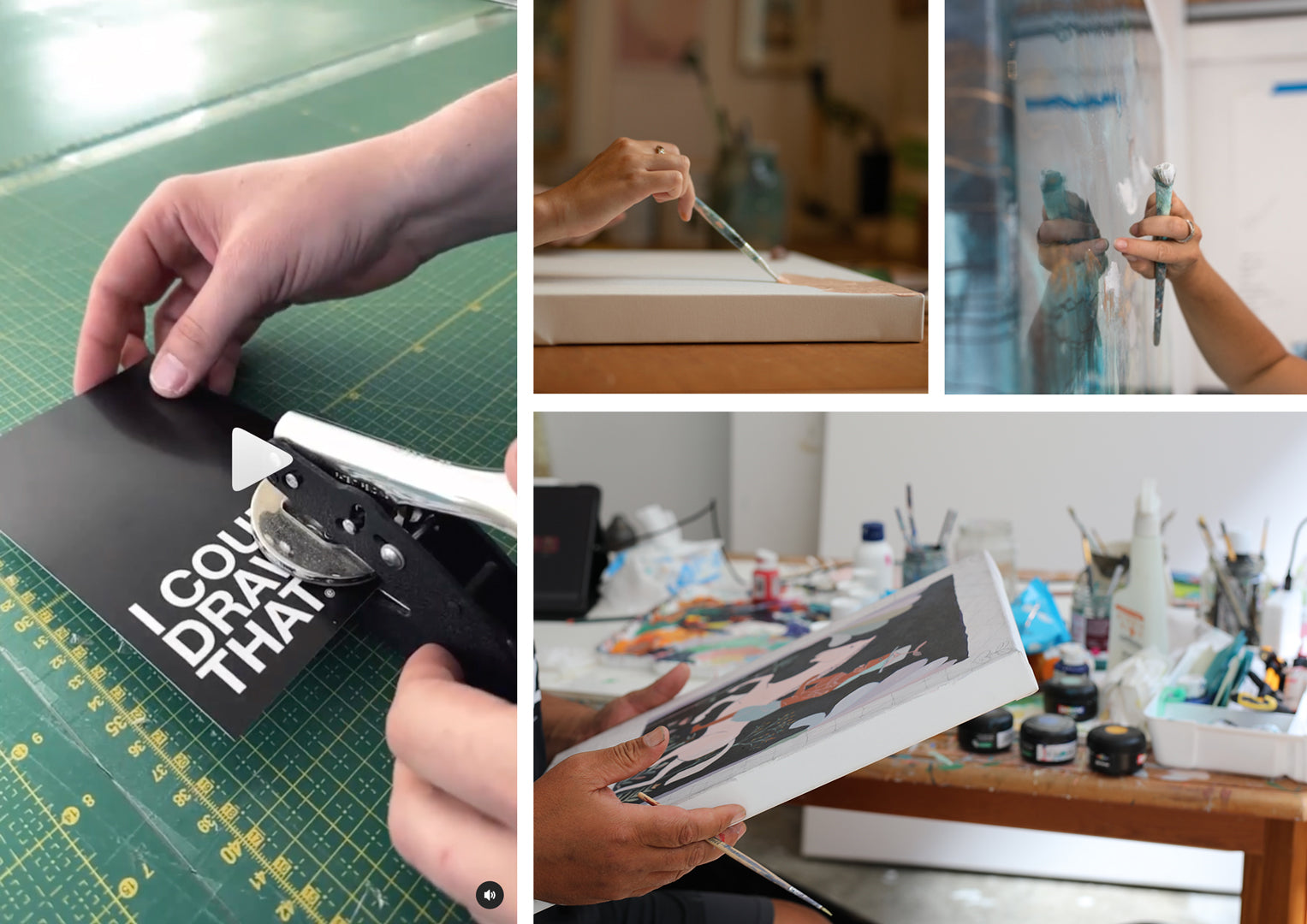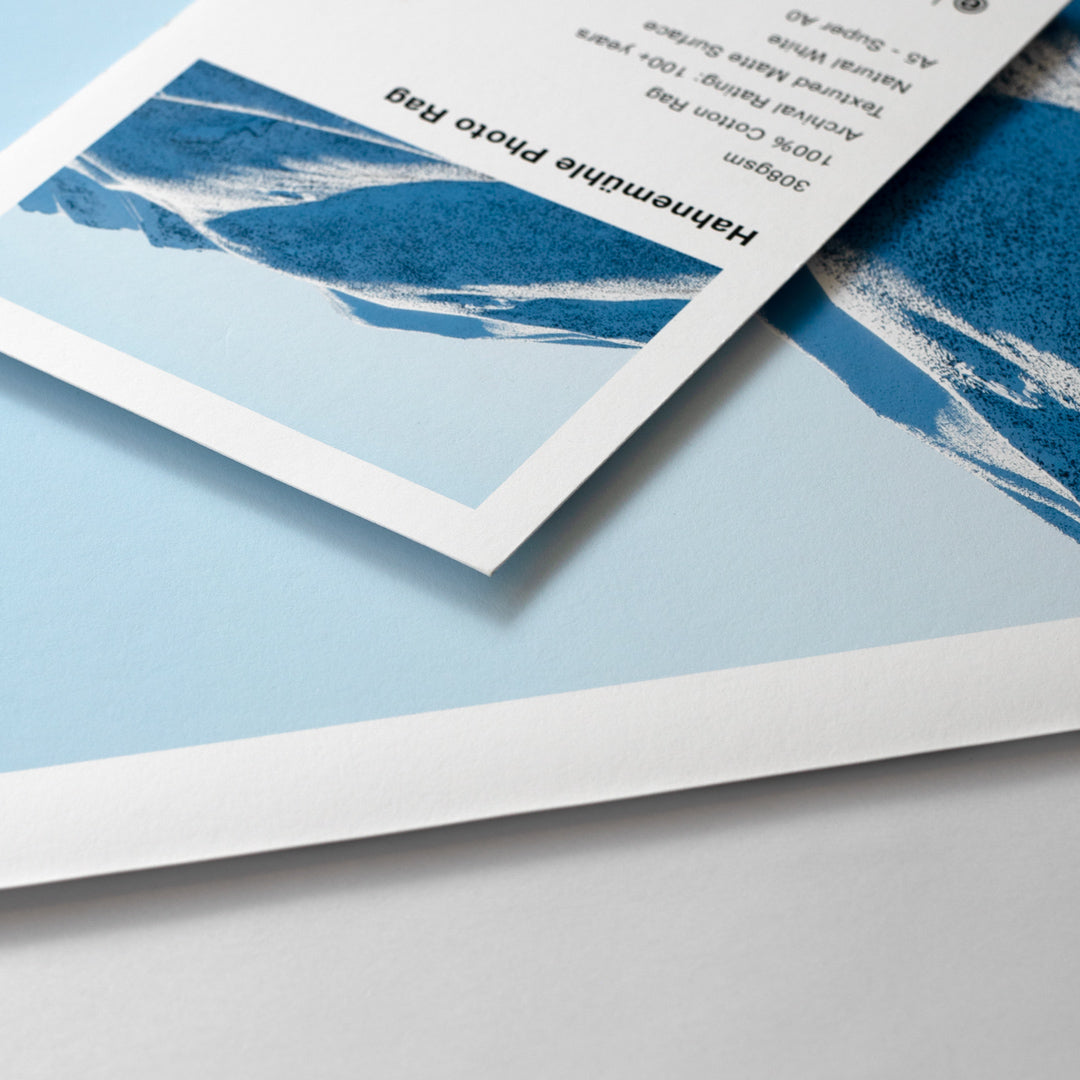"Are you an artist?"
"Yes."
"Do you have art to sell?"
"Yes!"
"So how do we let people know about it?"
Let's get you a marketing plan. There's a lot of art out there - a lot of makers and a lot of competition! So, it's fair to say, if your work isn't in front of people, they are likely buying from someone else. Basically, talent alone isn't always enough to make sales and we're assuming you'd like to do just that so that you can make more work and continue to do what you love. An effective marketing plan is important for artists who want to reach their target audience and build a loyal following. In this blog post, we'll walk you through the steps to create a marketing plan tailored specifically for artists in 2024 and heading for 2025.
-
Set Clear Goals
-
Identify Your Target Audience
-
Choose the Right Platforms
-
Budget Your Marketing Efforts
-
Create a Content Calendar
-
Track and Analyse Your Results
-
Stay Updated and Learn
1. Understand Your Brand

Who are you as an artist? This is your brand. Before you start marketing your art, it's important to understand what makes your work unique. Consider your style, the themes you explore in your art and the overall vibe of your work. This will help you create a cohesive brand identity. You can also engage an awesome graphic designer to do this if it seems too overwhelming to tackle on your own. You can keep it simple and achievable by creating a mood board of your style and describing it 5 words.
Some examples to get you thinking:
Banksy - Urban, stencil, black and white, political.
Dick Frizzell - New Zealand backyard, naive, checky, colourful.
Now your turn. What defines your style/brand = ?
An artist statement is a concise description of your work and its purpose. Have you ever written one? It helps potential buyers and followers connect with your art on a deeper level. Make sure your statement is clear, engaging, and reflective of your artistic vision.
2. Set Clear Goals

Identify what you want to achieve in both the short term (e.g., increasing social media followers, participating in local exhibitions) and long term (e.g., securing gallery representation, establishing a steady income from your art). Having clear goals will guide your marketing efforts and measure your success.
Make your goals SMART: Specific, Measurable, Achievable, Relevant, and Time-bound. For example, "Increase Instagram followers by 20% in the next three months" is a SMART goal.
However, avoid the trap of creating an endless list of goals. We have learnt that focussing on 90 day short term goals and trying to get 3-5 things nailed is achievable and gets you in a rhythm. Then just 2-3 big longer term goals, only adding more once one is reached. Looking at a list of a milion zillion goals can feel overwhelming and demotivating.
3. Identify Your Target Audience
Understand who your potential buyers are. Consider factors like age, gender, location, interests, and buying behavior. This information will help you tailor your marketing strategies to reach the right people.
Develop detailed profiles of your ideal customers. These personas should include demographic information, preferences, and their problems (that you can solve). This will help you create targeted marketing messages that resonate with your audience.
4. Choose the Right Platforms
Select social media platforms that align with your target audience. Instagram is popular for visual content, TikTok for short, engaging videos, and LinkedIn for professional networking. Regularly post updates, engage with your followers, and use relevant hashtags to increase your visibility. Tiktok has a young demographic versus Facebook has an older demographic.
Consider selling your art on online marketplaces like Etsy, Saatchi Art, in addition to your own website. These platforms expand your reach to a global audience. They provide an affordable way to offer your art for sale in an e-commerce setting without making your own online store.
Ensure your own website is professional and easy to navigate. If someone visited your website and wanted to view what is available to buy, is this clear?
Don't neglect traditional methods. Participate in local art fairs, exhibitions, and gallery shows. These events provide valuable networking opportunities and direct exposure to art collectors.
5. Budget Your Marketing Efforts

Look at your overall finances and decide how much you can allocate to marketing. Consider costs for online advertising, website maintenance, materials for exhibitions, and professional photography of your work.
Divide your budget across various marketing channels. For instance, allocate a portion to social media ads, another to participation in art fairs, and some for maintaining a professional website.
If you are going to manage your own paid advertising on Google or Meta, or Pinterest, be narrow with your audience and have a small budget. By small we mean like no more than $100-$200 p/m. Anything above that get a pro to do this for you, they will get you much better results. Another way to look at it is they will help you not waste money and believe us, those platforms can eat your money like a hungry caterpillar if your not watching every click.
6. Create a Content Calendar

Confession, we looove a big calendar we can scribble all over planning out the year. We even made one for you to download here.
Develop a content calendar to schedule your posts and marketing activities. This helps maintain consistency and ensures you cover all aspects of your marketing strategy. Include social media posts, blog updates, email newsletters, and exhibition dates.
Mix different types of content to keep your audience engaged. Share behind-the-scenes looks at your creative process, showcase finished pieces, post testimonials from satisfied buyers, and offer insights into your artistic journey.
If you don't know what kind of content to make, get inspiration by browsing trending posts in Instagram, or check the weekly trend updates from content planners like Later.
7. Track and Analyse Your Results
Regularly track your marketing efforts to see what's working and what's not. Are you reaching your goals set earlier, or at least getting close? Use tools like Google Analytics, social media insights, and sales data to measure your performance.
Based on your analysis, tweak your marketing plan as needed. If certain platforms or strategies are performing well, consider investing more resources into them. If others are underperforming, try new approaches and reallocate your budget.
Looking at numbers might not sound as exciting as painting, but it can be super fulfilling learning what works and what doesn't, as it provides clarity and gives you confidence when updating your marketing plan.
8. Stay Updated and Learn
The art market and digital landscape are always evolving. Stay updated with the latest trends and best practices by attending workshops, watching webinars, or listening to podcasts. Learn from other successful artists and industry experts.
Be flexible and ready to adapt your marketing plan based on market shifts and new opportunities. Staying ahead of the curve will help you maintain a competitive edge.
Creating a marketing plan as an artist is essential for building your brand, reaching your target audience, and achieving your career goals. By understanding your brand, setting clear goals, identifying your audience, choosing the right platforms, budgeting wisely, creating a content calendar, tracking your results, and staying updated, you'll be well on your way to thriving in the art world. Embrace the journey with passion and let your creativity shine through every aspect of your marketing efforts.
